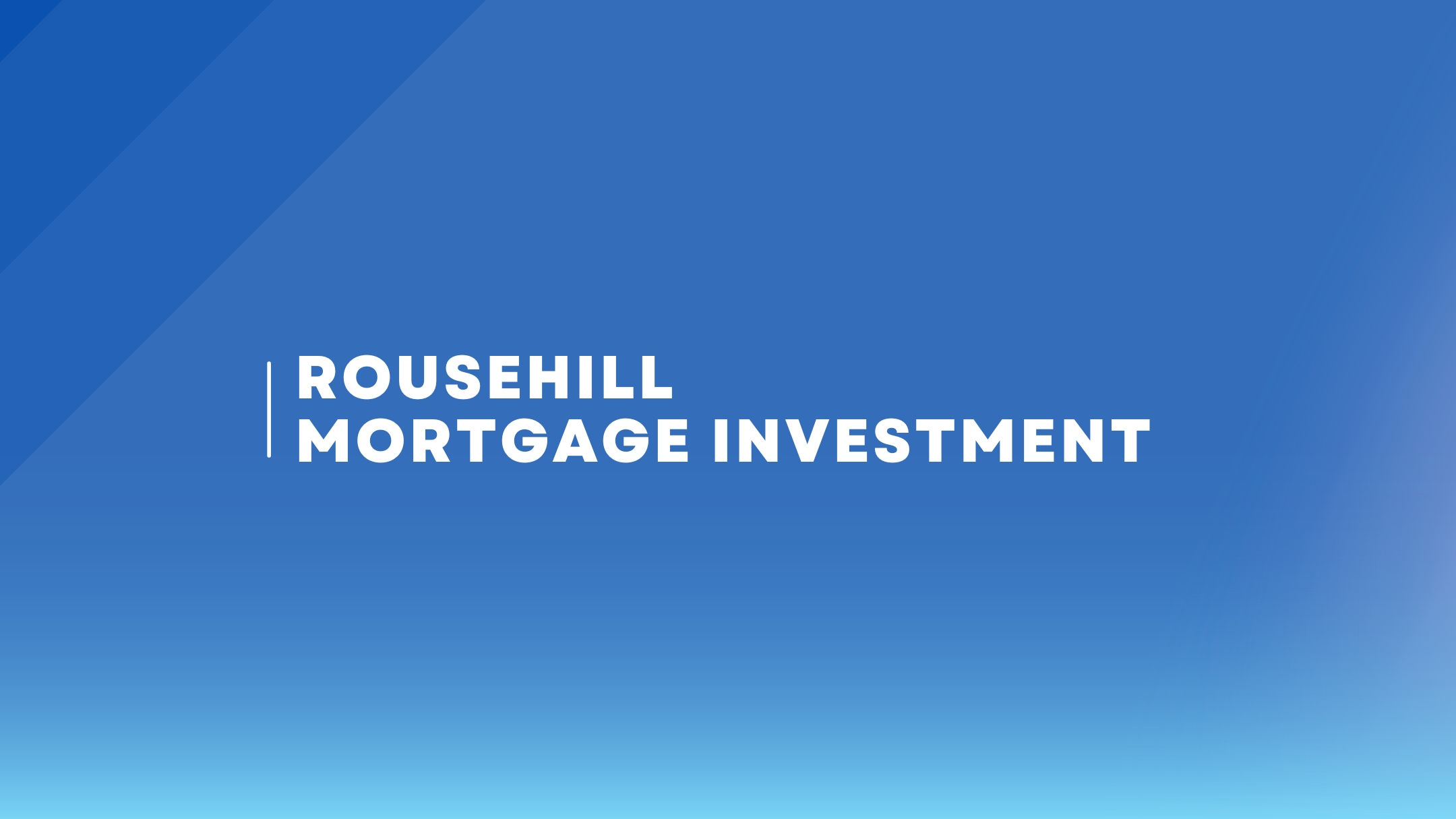The trustee’s role is to ensure investor’s interests are being protected at all times. In general terms, the role of the Custodian is to separately hold all the assets, including the title deed of the property and bank accounts of the fund, on behalf of the investors.
The Constitution is the document that governs the relationship between the Investors and the Responsible Entity. It regulates the rights and obligations of the Investors and the Responsible Entity and sets out the powers of the Responsible Entity in operating the Trust.
The Responsible Entity is granted all powers in respect of the Fund that could be exercised by a natural person or a body corporate as if it were the absolute and beneficial owner of the properties of the Fund (and any other assets of the Fund). The Responsible Entity may appoint an agent to hold the title to the Properties (and any other assets of the Fund) or otherwise carry out any functions of the Fund.
As required by law, each Registered Scheme must have a Compliance Plan that has been lodged with ASIC and sets out measures that the Responsible Entity shall apply in operating the Trust to ensure compliance with the Corporations Act and the Constitution.
The Compliance Committee is established to monitor compliance by the Responsible Entity with the Compliance Plan and report to the Responsible Entity on a regular basis regarding its compliance with the Compliance Plan, the Corporations Act and the Constitution. The Compliance Committee is to report to the ASIC if the Responsible Entity does not address any issues raised in an adverse report issued to the Responsible Entity. The Compliance Committee is comprised of 3 members, with two thirds of the committee being “external” under section 601JB(2) of the Corporations Act.


The trustee’s role is to ensure investor’s interests are being protected at all times. In general terms, the role of the Custodian is to separately hold all the assets, including the title deed of the property and bank accounts of the fund, on behalf of the investors.
The Constitution is the document that governs the relationship between the Investors and the Responsible Entity. It regulates the rights and obligations of both parties and sets out the powers of the Responsible Entity in operating the Trust.
The Responsible Entity has broad powers in respect of the Fund, acting as if it were the absolute and beneficial owner of the Fund’s properties and assets. It may also appoint an agent to hold title or perform fund functions.
By law, each Registered Scheme must have a Compliance Plan lodged with ASIC. It outlines the measures the Responsible Entity applies to ensure compliance with the Corporations Act and the Trust’s Constitution.
The Compliance Committee monitors the Responsible Entity’s adherence to the Compliance Plan and reports regularly. It must also notify ASIC if the Responsible Entity fails to act on adverse reports. The Committee consists of three members, two-thirds of whom must be external as per section 601JB(2) of the Corporations Act.
Distributions are typically paid quarterly, although timing may vary depending on the performance of the fund and operational requirements.
Yes, subject to the fund’s policies, investors can elect to reinvest their distributions to acquire additional units in the fund.
Unit prices are generally calculated based on the Net Asset Value (NAV) of the fund divided by the number of units on issue, adjusted for fees and expenses.
The fund charges management fees and may also charge performance-based fees depending on investment outcomes. These are outlined in the fund’s Product Disclosure Statement (PDS).
Investors receive quarterly reports including financial statements, performance metrics, and commentary from the fund manager.


Risks include market volatility, liquidity constraints, regulatory changes, and specific risks related to property and credit. Investors should review the PDS for a full list.
Compliance is monitored through a Compliance Plan, regular reporting to ASIC, and oversight by the Compliance Committee and external auditors.
Investors benefit from the roles of the Trustee, Custodian, and Compliance Committee, which provide oversight and safeguard fund assets in accordance with regulations.
Investors typically receive quarterly reports detailing fund performance, unit prices, distributions, and compliance updates.